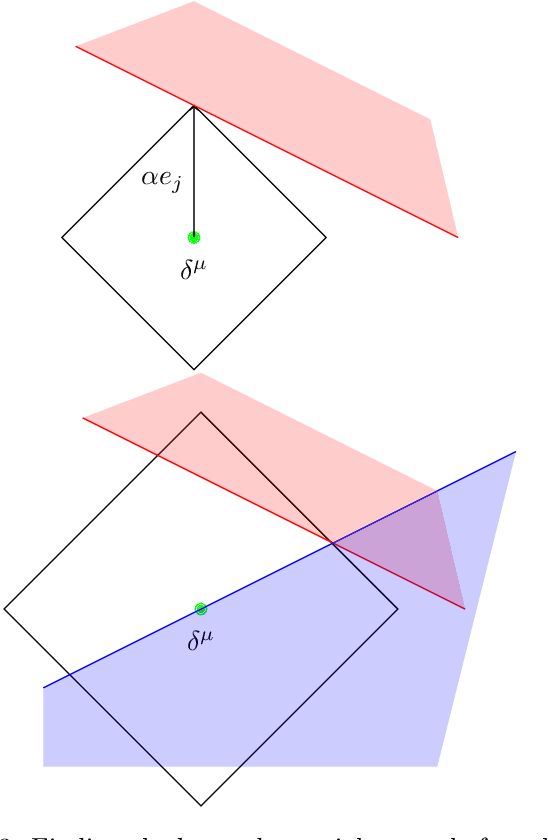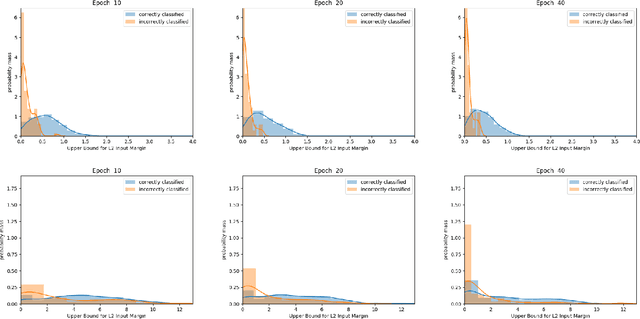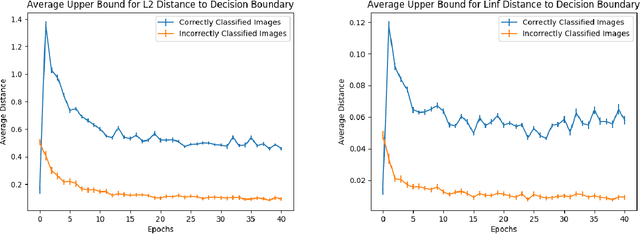David Mickisch
Multi-Modal Vision Transformers for Crop Mapping from Satellite Image Time Series
Jun 24, 2024

Abstract:Using images acquired by different satellite sensors has shown to improve classification performance in the framework of crop mapping from satellite image time series (SITS). Existing state-of-the-art architectures use self-attention mechanisms to process the temporal dimension and convolutions for the spatial dimension of SITS. Motivated by the success of purely attention-based architectures in crop mapping from single-modal SITS, we introduce several multi-modal multi-temporal transformer-based architectures. Specifically, we investigate the effectiveness of Early Fusion, Cross Attention Fusion and Synchronized Class Token Fusion within the Temporo-Spatial Vision Transformer (TSViT). Experimental results demonstrate significant improvements over state-of-the-art architectures with both convolutional and self-attention components.
A Framework for Verification of Wasserstein Adversarial Robustness
Oct 13, 2021



Abstract:Machine learning image classifiers are susceptible to adversarial and corruption perturbations. Adding imperceptible noise to images can lead to severe misclassifications of the machine learning model. Using $L_p$-norms for measuring the size of the noise fails to capture human similarity perception, which is why optimal transport based distance measures like the Wasserstein metric are increasingly being used in the field of adversarial robustness. Verifying the robustness of classifiers using the Wasserstein metric can be achieved by proving the absence of adversarial examples (certification) or proving their presence (attack). In this work we present a framework based on the work by Levine and Feizi, which allows us to transfer existing certification methods for convex polytopes or $L_1$-balls to the Wasserstein threat model. The resulting certification can be complete or incomplete, depending on whether convex polytopes or $L_1$-balls were chosen. Additionally, we present a new Wasserstein adversarial attack that is projected gradient descent based and which has a significantly reduced computational burden compared to existing attack approaches.
Understanding the Decision Boundary of Deep Neural Networks: An Empirical Study
Feb 05, 2020



Abstract:Despite achieving remarkable performance on many image classification tasks, state-of-the-art machine learning (ML) classifiers remain vulnerable to small input perturbations. Especially, the existence of adversarial examples raises concerns about the deployment of ML models in safety- and security-critical environments, like autonomous driving and disease detection. Over the last few years, numerous defense methods have been published with the goal of improving adversarial as well as corruption robustness. However, the proposed measures succeeded only to a very limited extent. This limited progress is partly due to the lack of understanding of the decision boundary and decision regions of deep neural networks. Therefore, we study the minimum distance of data points to the decision boundary and how this margin evolves over the training of a deep neural network. By conducting experiments on MNIST, FASHION-MNIST, and CIFAR-10, we observe that the decision boundary moves closer to natural images over training. This phenomenon even remains intact in the late epochs of training, where the classifier already obtains low training and test error rates. On the other hand, adversarial training appears to have the potential to prevent this undesired convergence of the decision boundary.
 Add to Chrome
Add to Chrome Add to Firefox
Add to Firefox Add to Edge
Add to Edge